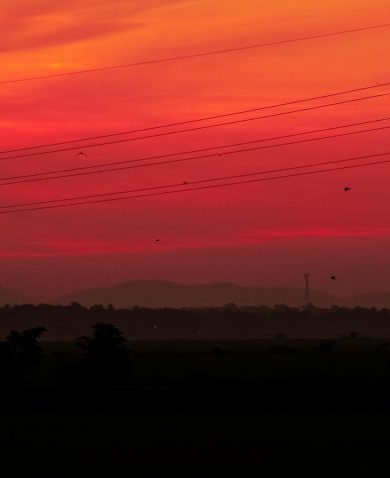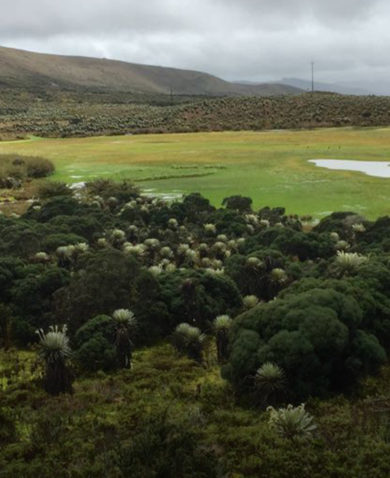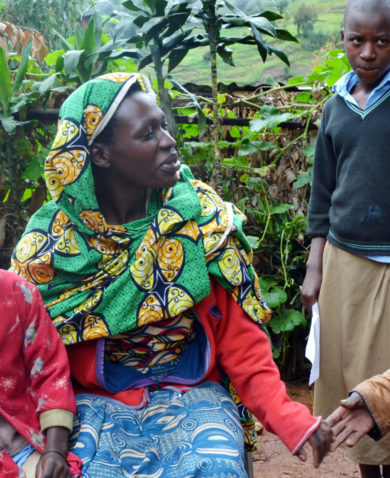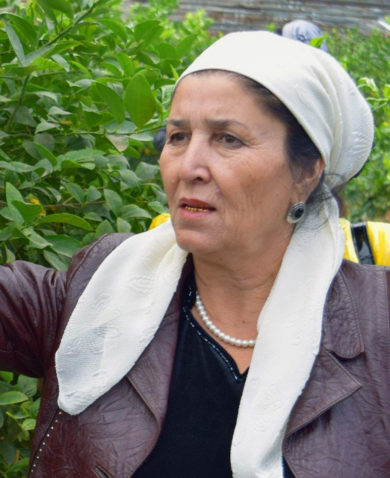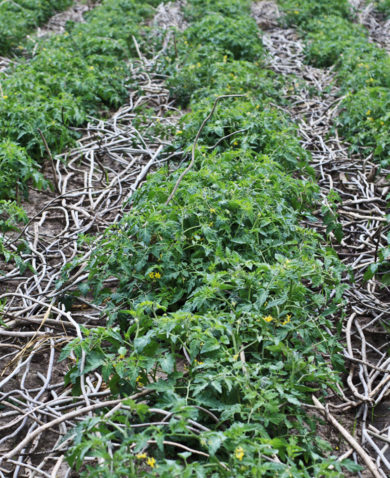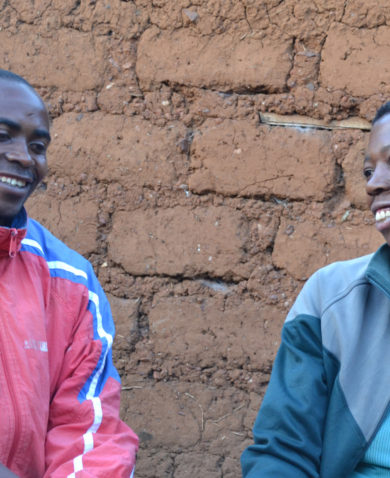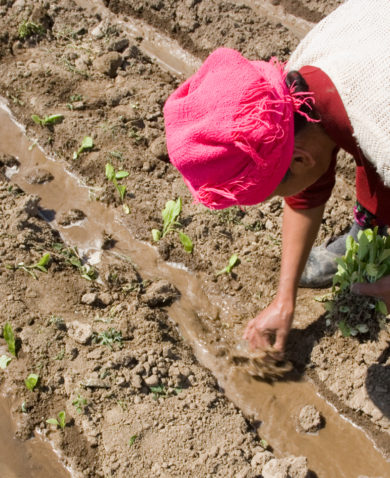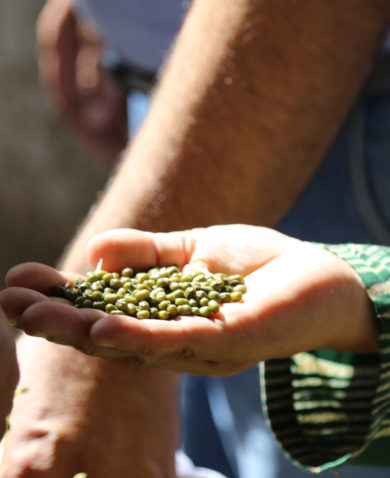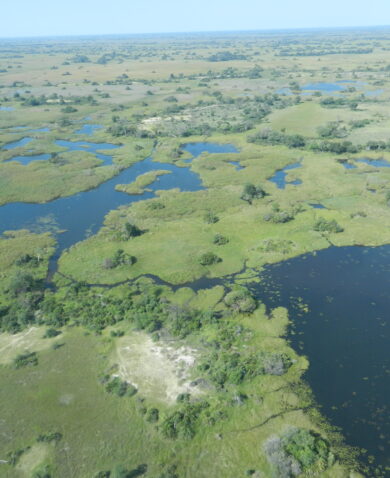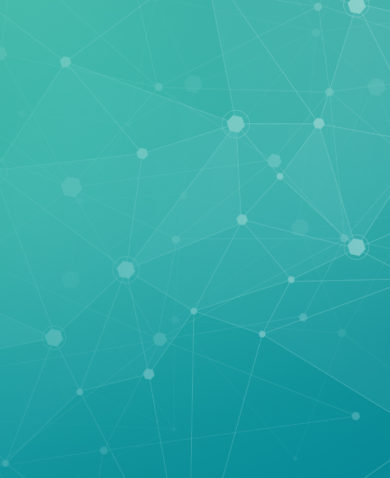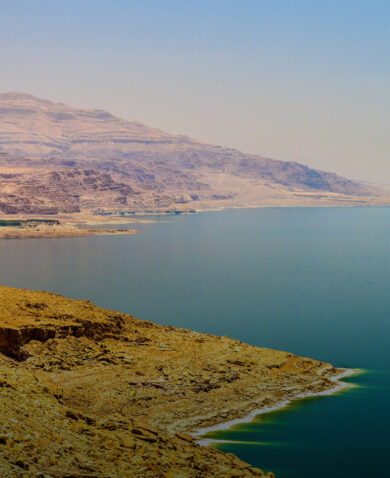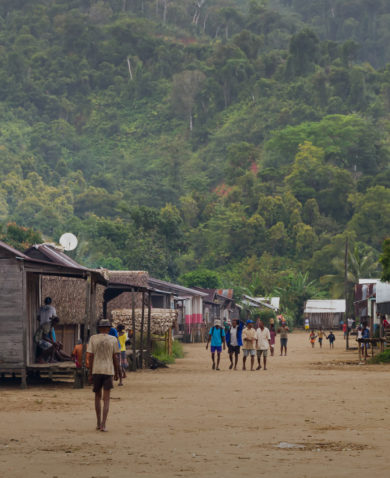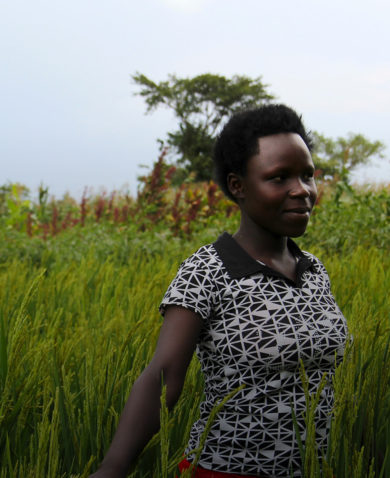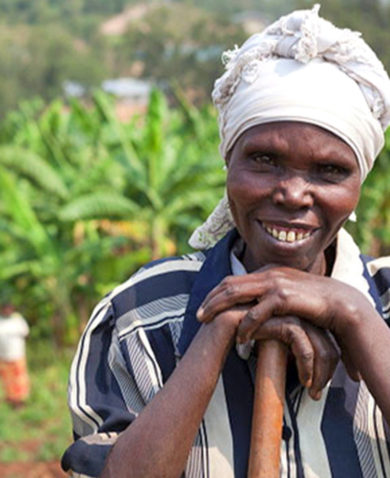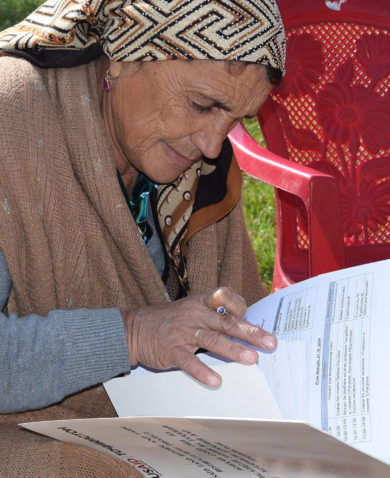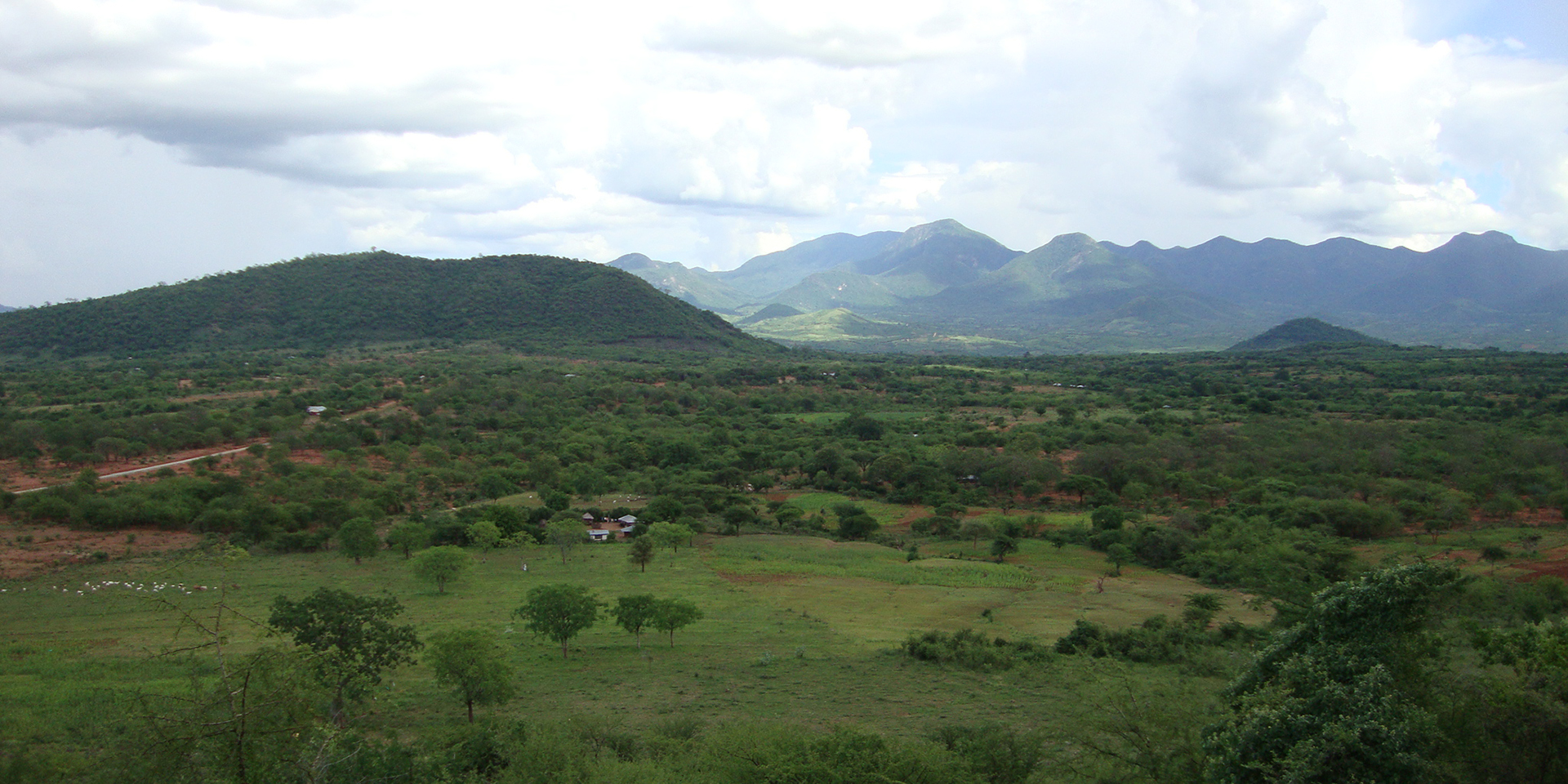
Know Your SDGs: Land Matters for Sustainable Development
September 2, 2015 | 6 Minute ReadThe Sustainable Development Goals have the potential to play a critical role in building solidarity and commitment to land and property rights reform.
Insecurity of land tenure and property rights is cited as a precipitating, if not primary, cause of contemporary global poverty and inequality. Research from a range of sources including the World Bank, the United Nations Food and Agriculture Organization, OECD, civil society organizations, and academic institutions show that strengthening land and property rights goes hand in hand with the realization of development objectives related to poverty alleviation, food security, environmental sustainability and advancing women’s empowerment worldwide.
Currently in most developing and developed countries, unprotected rights to land and natural resources (including forests, water, fisheries, and minerals) have far-reaching ramifications. A lack of land rights creates insecurity for poor rural and urban landholders that dampens investment, destroys livelihoods, foments conflict, creates unequal economic systems, locks assets in an unusable and untradeable form, discourages conservation, hampers sustainable domestic resource mobilization for increasing the availability of public services, and undermines principles of effective and democratic governance.
Clear and secure land tenure can improve livelihoods and sustainable management of natural resources, including forests, and promote sustainable development and responsible investment that eradicates poverty and food insecurity. Land tenure security guarantees the existence of land rights, ensures protection of rights through legal remedies when those rights are challenged or abused, provides landowners and users with confidence that they will not be arbitrarily deprived of their rights over particular lands and resources, and creates land markets that unlocks its potential as an asset and encourages efficient allocation and transactions.
Despite these benefits, the majority of the land area in most developing countries — up to 90 percent in some — is not covered by a formal land record and secure property rights. Approximately 75 percent of the world’s population does not have access to formal systems to register and safeguard their land rights.
How Are the SDGs Addressing Land?
While securing land and property rights is critical to achieving development goals, efforts to address them are limited by a debilitating combination of complex, long-term solutions and entrenched, often political barriers from local elites. As a result, many donors shy away from emphasizing land rights in their development strategies and local governments are often not encouraged or supported to undertake the difficult reform processes. In many instances, the reforms required are to address vestigial byproducts of legal and social frameworks established decades or centuries ago by colonial powers to create economic and political structures that produce elites and subjugate the masses.
In this context the post-2015 development agenda (Sustainable Development Goals, or SDGs) has the potential to play a critical role in building solidarity and commitment to land and property rights reform. But while there is some inclusion of land goals and targets in the draft SDGs, they have been criticized as not doing enough to foster an international commitment to securing land and property rights for women, indigenous groups, and local communities. Similar to the approach of many donors, rather than placing land and property rights in the forefront of development strategies, the SDGs include land and property rights as sub-goals within various broader goals.
While the draft SDGs arguably do not go far enough in taking a bold stance to address systemic poverty and inequality, each land-related sub goal has the potential to effect change for sustainable development and clearly links land to a wide set of development objectives.
Analysis of Land-Related Goals
- Goal 1, “end poverty in all its forms everywhere,” identifies the explicit link between poverty alleviation and access of the poor to means to strengthen land tenure security.
Sub-goal 1.4 states: “By 2030, ensure that all men and women, in particular the poor and the vulnerable, have equal rights to economic resources, as well as access to basic services, ownership and control over land and other forms of property, inheritance, natural resources, appropriate new technology and financial services, including microfinance.”
This highly ambitious sub-goal will require significant efforts to formalize land ownership by the poor and vulnerable. In many countries informality of land ownership covers the vast majority of land and is often communally owned according to customary or indigenous traditions, but often is also a product of governments being unable to respond to the scale and technical requirements for mass land tenure regularization. A substantial reallocation of resources and a concentration of efforts not currently found in most countries or development agencies will be required to achieve this massive undertaking. - Goal 2, “end hunger, achieve food security and improved nutrition, and promote sustainable agriculture,” emphasizes the importance of small-scale agricultural producers to feeding the world’s poor and vulnerable.
Sub-goal 2.3 recognizes that protection and increased effectiveness of small-scale production is linked clearly to secure land rights. It states: “By 2030, double the agricultural productivity and incomes of small-scale food producers, in particular women, indigenous peoples, family farmers, pastoralists and fishers, including through secure and equal access to land, other productive resources and inputs, knowledge, financial services, markets and opportunities for value addition and non-farm employment.”
Secure access to land is a fundamental pre-cursor that creates the climate for investment in small-scale producers and that can foster a market for inputs that serve this investment. But again, the scale of the effort needed to meet this objective far outpaces current initiatives and priorities at both national and international levels. - Goal 5, “achieve gender equality and empower all women and girls,” includes a sub-goal about women’s control over land.
Sub-goal 5.a states: “Undertake reforms to give women equal rights to economic resources, as well as access to ownership and control over land and other forms of property, financial services, inheritance and natural resources, in accordance with national laws.”
Women’s land rights have been identified as a primary driver for achieving income, health, and empowerment objectives. Field studies have shown that secure land tenure for women improves their access to credit and investment in agricultural improvements; and that joint titling improves the likelihood of women participation in family food and agricultural decisions. Protecting women’s land rights requires both legal and policy reforms to strengthen women’s access, including inheritance, divorce, and other laws; and ensuring practice reflects laws, which often requires support to reform of customary systems. Distinguishing between the land rights of men and women is necessary as a safeguard to ensure that development agendas do not leave women behind, unintentionally exacerbating the gender asset gap and undermining governments’ ability to meet SDG targets.
Other Goals With Land Implications
In addition to the explicit land-related goals, a number of goals and sub-goals have implicit land-related outcomes that will require further definition once detailed targets, programming and strategies are developed.
- Goal 10: Reduce inequality within and among countries.
Sub-goal 10.2: By 2030, empower and promote the social, economic and political inclusion of all, irrespective of age, sex, disability, race, ethnicity, origin, religion or economic or other status.
Sub-goal10.3. Ensure equal opportunity and reduce inequalities of outcome, including by eliminating discriminatory laws, policies and practices and promoting appropriate legislation, policies and action in this regard.
This goal has particular implications for reducing inequality of land access and protection of property rights from discriminatory policies and practices. - Goal 11: Make cities and human settlements inclusive, safe, resilient, and sustainable.
Sub-goal 11.3: By 2030, enhance inclusive and sustainable urbanization and capacity for participatory, integrated and sustainable human settlement planning and management in all countries.
This goal pertains to the chronic lack of property rights for informal urban settlements, or slums, across the developing world and the related rural conditions that drive mass, unplanned urban migration.
- Goal 15: Protect, restore, and promote sustainable use of terrestrial ecosystems, sustainably manage forests, combat desertification, and halt and reverse land degradation and halt biodiversity loss.
Sub-goal15.1: Ensure the conservation, restoration and sustainable use of terrestrial and inland freshwater ecosystems and their services by 2020, in particular forests, wetlands, mountains and dry lands, in line with obligations under international agreements, and take further action as needed by 2030.
Sub-goal 15.2: By 2020, promote the implementation of sustainable management of all types of forests, and by 2030, halt deforestation, restore degraded forests and substantially increase afforestation and reforestation globally.
This reflects the growing recognition of the limits of centralized state natural resource management and the role strengthened and devolved resource rights for communities plays in fostering conservation and community stewardship of natural resources. - Goal 16: Promote peaceful and inclusive societies for sustainable development, provide access to justice for all and build effective, accountable, and inclusive institutions at all levels.
Sub-goal 16.3: Promote the rule of law at the national and international levels and ensure equal access to justice for all.
This requires developing and strengthening institutions such as land administration agencies, courts, and legal aid services to effectively enforce land and property rights and ensure the poor and vulnerable have equal access to mechanisms for addressing violations of their land rights.
The SDGs are a monumental opportunity to advance and coordinate land rights on development agendas across the donor and developing world. The various goals and sub-goals pertaining to land rights do not frame a comprehensive approach to the sector but do create a potentially strong impetus to address this critical, complex, sensitive topic. It is now up to the development community, locally and internationally, to build on this initial momentum to provide the details and craft context-appropriate land rights strategies and approaches that capture their full global potential.
Curious about the SDGs and post-2015 development agenda? Watch this space. “Know Your SDGs” is a recurring weekly blog series digging into the goals in the lead-up to the United Nations General Assembly and post-2015 development summit this September.










